If you want to submit a product review click here.
Tricks of My Trade (The Magic of Doug Conn) by Paul Cummins, Doug Conn
(c. 1999) (Submit Review) (Submit Update)Details: I don’t know Doug Conn, but I can make a couple of guesses about him. I would guess that he is a real world guy, who cares about his audiences and wants to give them an entertaining and baffling experience. I would also guess that he is a serious kick-’em-in-the-head, mano-a-mano, close-up session kind of guy. Material that would play well in both of the above situations can be found in Tricks of My Trade, a big book of Mr. Conn’s magic, written by Paul Cummins, himself a first-rate close-up worker.
Tricks of My Trade features mostly card and coin magic, and the real world routines are suitable for table-to-table or strolling magic. A few routines require the use of a close-up mat, and a couple will require a fairly spacious working area. For the most part the plots are familiar: sandwich effects, Vernon’s “Triumph,” the Collectors effect, the classic Copper/Silver transposition, Elmsley’s “Diamond Cut Diamond,” Simon’s “Call to the Colors,” the venerable 21 Card Trick, Matrix, and the “Invisible Palm Aces” effect. As is the case with most close-up magic books published these days, creators return to plow familiar fields. Fortunately, Mr. Conn has managed to produce an interesting crop. Although you probably already know more than enough methods for the above effects, I think you’ll find Mr. Conn’s approaches intriguing.
For me, the most interesting routines were those that strayed from the well-worn path. For example, a Matrix routine using Scrabble tiles, a coin vanish using your tie, a routine with cards and dice, some great gags with sponge bunnies, a very strange reverse-Matrix effect in which the pips of misprinted card move to the four corners of the card, and a card routine based on Gary Kurtz’s “Artistic License” in which two swatches of color blend into another color.
I should mention two other items of note. “Chameleon Sandwich” is sandwich routine with a color-changing deck kicker. The psychology of this routine is very good, and there are enough casual and logically motivated “shows” to make the change of deck color very surprising. Best of all, the routine is not at all difficult to do. The other item I liked very much was “Doug’s Theory Section.” If brevity is the soul of wit, this is hilarious. Mr. Conn has encapsulated his approach to the performance of magic into three sentences, containing a total of six words. Most importantly, if you were to follow his advice you would be a very good performer indeed.
The text is well written and accompanied by fabulous artwork by Tony Dunn. This is Paul Cummins’ first full-length book, and he is to be commended on the clarity of his writing. Paul has also tried to be as thorough as possible with his references, and has perhaps gone a bit overboard. Anybody who doesn’t know how to do the Cross-the-Cut Force, the Hindu Shuffle, or the Double-undercut probably shouldn’t be reading this book. I’m not sure that references to these moves are really necessary. On the other hand, all the references are grouped at the end of each trick, so if this type of historical information is of no interest to you, you can easily skip it.
There is a very easy way to find out if the material in Tricks of My Trade will appeal to you. Mr. Conn has been very generous in publishing his material in MAGIC. Look up the following issues: May, October, 1994; May, June, 1996; February, 1997; October, 1999. Mr. Conn also had a one-man Parade in the Linking Ring, July, 1997.
Tricks of My Trade is a worthwhile book, with routines that should appeal to the close-up performer of intermediate ability. I wish Mr. Conn (and others of his creative ability) would finally abandon the overworked plots of the past thirty years and take a stroll down the road less traveled, but I seem to be in the minority. I enjoyed Tricks of My Trade, and I think you will, too.
Contents: (numbers are not page numbers)
1 Chameleon Sandwich: Here’s something of a rarity. A color changing deck routine that isn’t another Triumph effect.
2 Triumph Tools: Doug’s Triumph cutting display and idea for a bit of business that makes “the moment” that the cards right themselves a visible highlight.
3 ESJoker: Two cards a selected. The Joker informs the magician ala “The Whispering Queen” of the names of the two selections. When the face of the Joker, which as been handled by a spectator, is next seen it has changed in a charming and logical way. This is a real “worker” and worth gold to anyone who performs for laymen. It’s dead easy to do and more entertaining that half of the stuff you already know.
4 Particle Press: A popular move, used in reverse, to produce a coin. A very clever idea.
5 Fit to Be Tie’d: Vanish and reproduction of a coin using your necktie.
6 Taking it Dice and Easy: a trio of effects using spectator rolled dice, and cards.
7 Rubber Revelation: Production of four of a kind (aces in the description) using a rubber band to (ostensibly) find a selected card. The rubber band vanishes to encircle the selection.
8 Ambush in Blue: Technicolor Collectors routine where four blue aces find three selections in a red pack.
9 Copper, Silver, Brash: a very commercial Copper / Silver routine with a very subtle switch in method for the “standard” gaffed coin.
10 Three-peat: A three coin production, vanish and reproduction sequence showing how to routine Particle Press, Fit to Be Tie’d and a clever dodge from Copper, Silver, Brash into a very deceptive routine. A lesson in how to routine simple effects into an entertaining piece of magic.
11 Tic Tac Turnover: A very graceful flourish for displaying a selected card. Michael Skinner would have loved this…
12 Spongology: Extremely clever “bit’s ‘o bizness” for the classic S.S.Adams sponge rabbits.
13 Smoke Poke: An unlit cigarette is shoved into the eye and vanishes. Both hands are seen empty and the cigarette reappears between the lips.
14 Weighing the Aces: A theatrically solid ace cutting. First you dead cut to one ace, then two at once from two packets. Then as an explanation of how you perform this impressive feat you have the spectator cut a small packet of cards and you match the cut exactly and show that you have also cut to the final ace.
15 Diamond Mine: Conn’s version of Elmsley’s Diamond Cut Diamond.
15 Conn Gets Purse’n’l: Coin and Purseframe magic years before Shoot Ogawa.
16 Cornered Coins: A four coin routine in which coins appear on the table after the fashion of the card under glass effect.
17 Long Distance Call to the Colors: A demonstration of dealing reds and black in pairs, triplets and etc. at will.
18 The Pincher Change: A method for switching a card sandwiched between to other cards and a simple effect, which features it.
19 Flush Brush: Conn’s handling of Chris Kenner’s Paint By Numbers from Totally Out Of Control. The pack is transformed into a paintbrush and the four aces are “painted” on the close-up pad. Finally four Royal Flushes are produced.
20 Impossible 21 Card Trick: for fans of the classic 21-card trick. A fooler.
21 Scramble: A brilliant “shadow coins” style assembly using Scrabble tiles. On a repeat of the effect the tiles actually spell out what they are doing!
22 Pip Trip: A misprinted four of clubs is fixed by having it’s pips moved to their correct locations.
23 An Artistic Application: Spectator chosen colors appear and blend on a “freely selected” card.
24 Rubber Room Change: a card, isolated in a rubber band changes.
25 Tricked Traveler: The Invisible Palm performed with a unique and clever gaffed card, which allows for the aces to be show in the hand before traveling to the table.
26 Three Lumps: Coins to Glass routine using coffee cup. Two versions. The use of a cup in coins across is ideal for restaurant work because it uses an object that is common to the environment and the sound of the coins arriving in the cup attracts attention from the other tables.
27 Three Peace’s: A fortune telling effect featuring Conn’s Opener, a method for adding a small packet of cards to the deck or a pile of cards. Useful in other effects where a small setup is required after the spectators have shuffled the pack.
28 Double Play: A single card revelation. The card pops into view face up, sandwiched in the center of the pack. Best of all the card is a double which can then be changed in the standard fashion.
29 Conn’s Fusion: Two selected, and marked, cards are fused together.
30 Evening Up The Odds: Matrix fans take note. The assembly is done using Playtime size miniature cards. The CARDS assemble leaving the coins on the table. Suggestions for how to routine this effect with a standard Matrix and a Shadow Coins finish.
31 Quadruple Bypass: Multiphase sandwich routine that includes the selection being stretched and shrinking to half size.
32 Final Remarks: Included Doug’s Theory Section. Six words… memorize them.
- Publisher: Fasdiu Press
- Pages: 195
- Location: Jacksonville, FL, USA
- Edited by: Matthew Field, Richard Parker
- Dimensions: 9″x11″
- Date: 1999
- Binding: hardbound
(Michael Close – Magic Magazine, April 2000)
Text Source: michaelclose.com – click for details
Contents: magicref.net – click for details
Found something wrong? Help us improve things by clicking here!
Approx. Price: $40.00 (2004) ***
Notice: I am not a dealer and this item is not for sale on this site. It maybe available in the links below or at our sister site: qualitymagic.com, but not from here so please do not ask.© Martin's Magic (unless otherwise stated). All Rights Reserved.
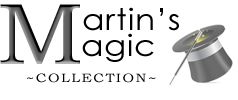
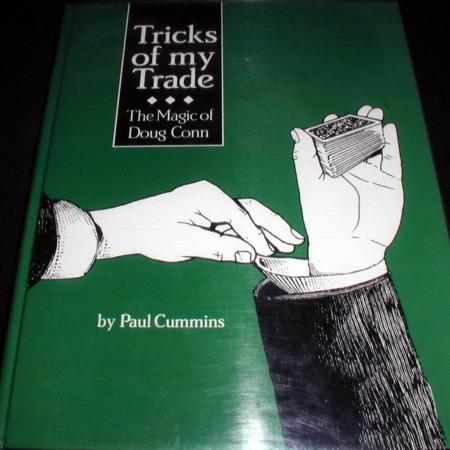
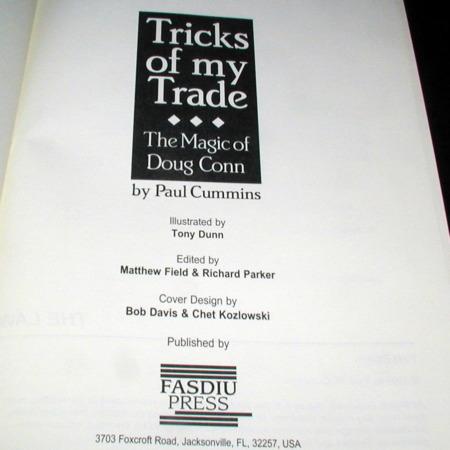
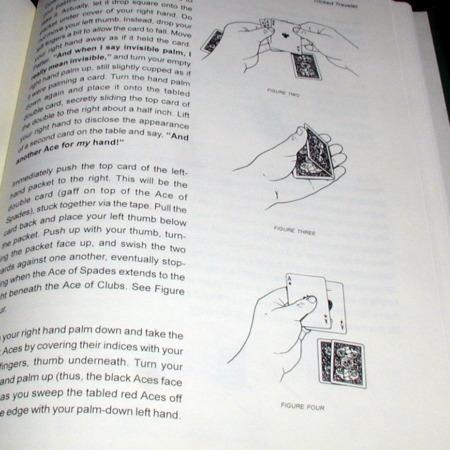
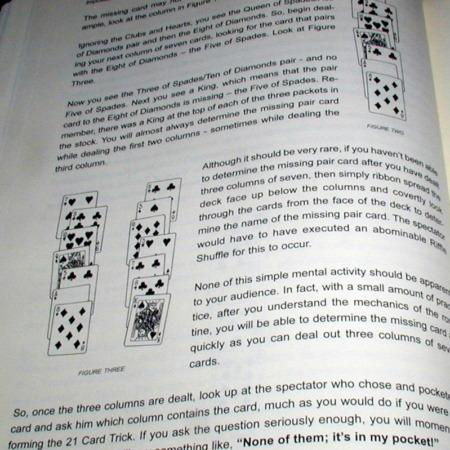
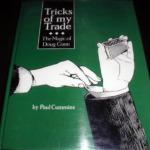

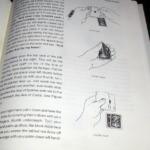
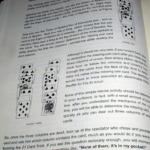

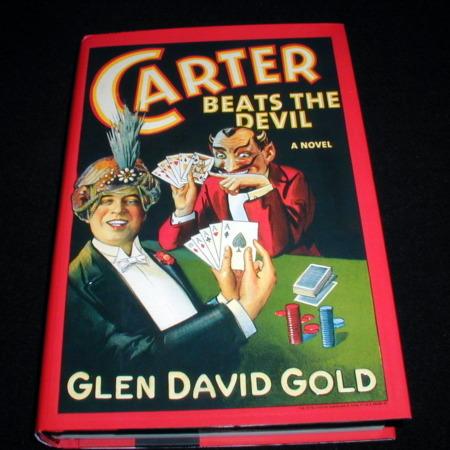
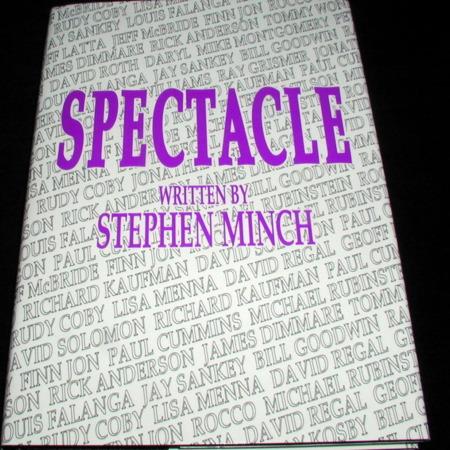
Reviews
There are no reviews yet.